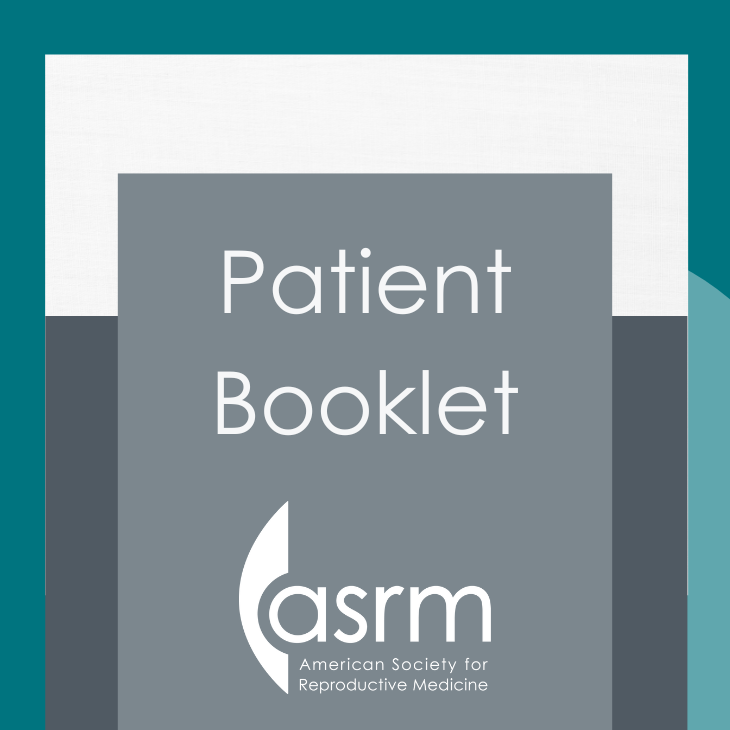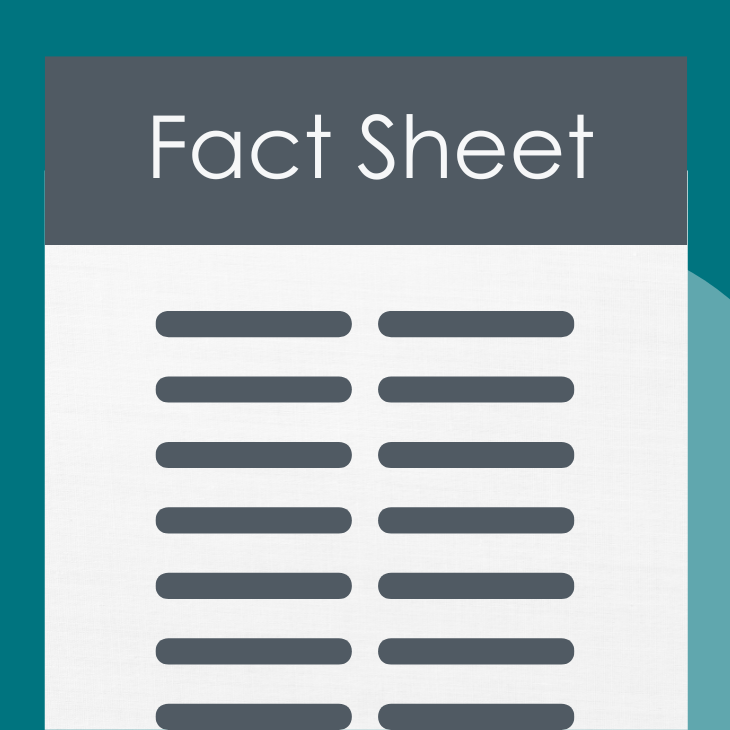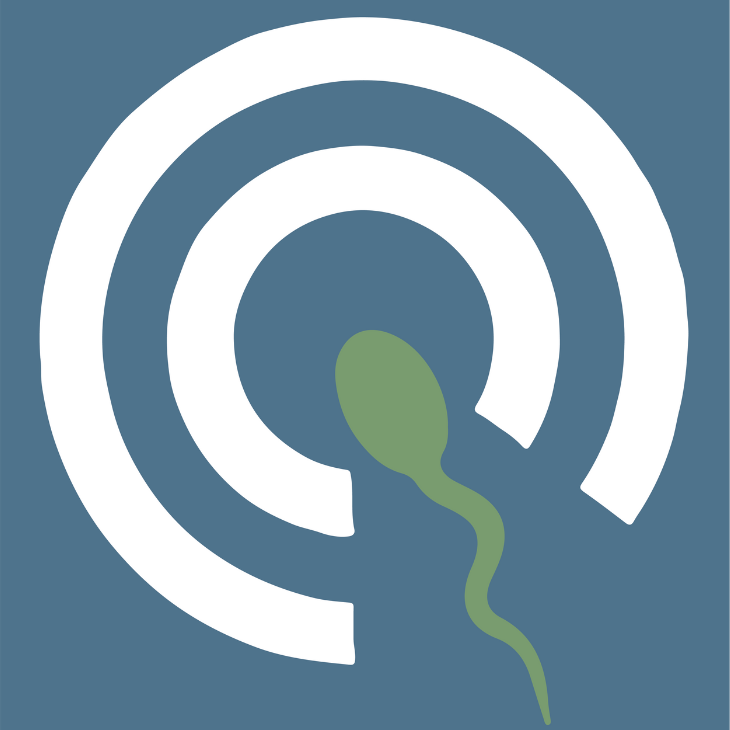How do I know if I am a good weight for pregnancy?
One of the easiest ways to determine if you are underweight or overweight is to calculate your body mass index (BMI). There are many tables available online (search term: BMI table). Enter your height and weight into the tool to see your BMI.What is a normal BMI?
A BMI between 19 and 24 is considered normal; less than 19 is considered underweight. A BMI between 25 and 29 is considered overweight and greater than 30 places you in the category of obese.How does weight affect fertility in women?
Many underweight, overweight, and obese women have no problem getting pregnant. But others will have problems conceiving, most often due to ovulation problems (failure to release eggs from the ovaries).A BMI of 18.5 or less (underweight) often causes irregular menstrual cycles and may cause ovulation to stop altogether. A BMI of 17.5 or less could indicate an eating disorder. Women at less than normal BMI should work with their doctor to understand the cause of this situation, and develop strategies to correct it.
A BMI in the obese range may also lead to irregular menstrual cycles and ovulation. However, even obese women with normal ovulation cycles have lower pregnancy rates than normal weight women, so ovulation isn’t the only issue. A visit to a healthcare professional before becoming pregnant can help identify other disorders related to obesity that impact pregnancy such as thyroid disease, insulin resistance, and diabetes.
Does obesity affect the chance of getting pregnant with treatment and having a healthy baby?
There is good evidence that obesity lowers the success rates of in vitro fertilization (IVF). Studies have shown lower pregnancy rates and higher miscarriage rates in obese women. Obese women are at an increased risk for developing pregnancy-induced (gestational) diabetes and high blood pressure (pre-eclampsia). Obese women also have a higher chance of delivering by cesarean section. Children of obese mothers are at increased risk of some birth defects and having a high birth weight.Are there fertility problems in men with obesity?
Obesity in men may be associated with changes in testosterone levels and other hormones important for reproduction. Low sperm counts and low sperm motility (movement) have been found more often in overweight and obese men than in normal-weight men.Should I try to lower my BMI if I am in the obese category before I try to get pregnant?
You should first consult with a healthcare provider. He or she will consider all factors, including your age and any other infertility factors, before making a recommendation about whether you should try to lose weight first. Changing your diet and lifestyle (for example, exercise) combined with a program that may provide group support is an effective step, but not always the appropriate first step if your age or your BMI is above 40. Weight loss surgery (bariatric surgery) is the most effective treatment for weight loss in women with a BMI greater than 40.I have polycystic ovary syndrome (PCOS) and am overweight, will I need to do anything different?
PCOS is a very common condition in young women (about 8%–10%). Not all women with PCOS are overweight or obese, but many women with PCOS have signs of insulin resistance and/or obesity. A low-calorie diet and exercise may lead to weight loss, regular menstrual cycles, and ovulation.However, women with PCOS may require additional treatment to get pregnant, including medications to decrease insulin resistance. These women should seek the assistance of a reproductive endocrinology and infertility specialist. For more information about PCOS, please see the ASRM fact sheet titled Polycystic ovary syndrome. To find an infertility specialist near you, use the ASRM Find a Healthcare Provider tool on ReproductiveFacts.org.
Weight
Female Fertility
Male Fertility/Andrology
Polycystic Ovary Syndrome (PCOS)
Fact Sheets/Booklets
View more fact sheets and booklets written by the ASRM Patient Education Committee.
Assisted Reproductive Technologies (booklet)
This booklet will help you understand in vitro fertilization (IVF) and other assisted reproductive technology (ART) that have become accepted medical treatments for infertility.
Hormonal Contraception
Hormonal contraceptives contain a progestin (progesterone medicine) with or without an estrogen.
What do I need to know about Zika virus and trying to have a baby?
Common symptoms include fever, rash, joint pain, conjunctivitis (red eyes), muscle pain, and headache.
Third-Party Reproduction
The phrase “third-party reproduction” refers to involving someone other than the individual or couple that plans to raise the child (intended parent[s]) in the process of reproduction.Find a Health Professional
Connect with reproductive medicine experts who will guide you through your unique journey. Our search tool allows personalized matches based on location, specialization, and expertise. Take control of your reproductive health with compassionate providers, innovative treatments, and unwavering support.
Search for an Expert











